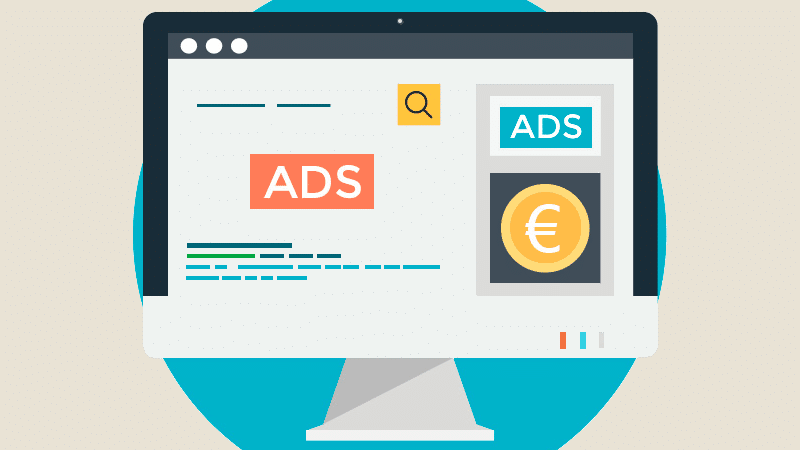The Future of Framer Motion and Its Evolution

Introduction
Framer Motion has revolutionized how developers create animations in React-based applications. Its simple syntax, powerful performance, and seamless integration with modern UI frameworks have made it a go-to choice for interactive web experiences.
But as web technology evolves, Framer Motion is also set to undergo significant changes. This article explores its current capabilities, potential improvements, and what the future holds for Framer Motion.
What Makes Framer Motion Stand Out?
Framer Motion is known for its flexibility and ease of use, allowing developers to create complex animations without the need for extensive coding.
Key Features of Framer Motion:
- Declarative Animations – Write animations directly in React components with an intuitive syntax.
- Spring and Keyframe Animations – Provides smooth, physics-based motion for lifelike transitions.
- Gesture Controls – Supports hover, tap, and drag animations for interactive UI elements.
- Exit Animations – Enhances page transitions by animating elements when they leave the DOM.
- SVG and 3D Support – Brings motion to vector graphics and 3D objects for immersive designs.
These features have made Framer Motion a preferred tool for developers looking to add dynamic elements to web applications effortlessly.
How Framer Motion May Evolve in the Future
As digital experiences become more interactive and animation-heavy, Framer Motion is expected to evolve with new capabilities.
Potential Advancements:
- AI-Enhanced Animations – Leveraging artificial intelligence to suggest and generate animation sequences based on user behavior.
- Performance Optimization – More efficient rendering to handle complex animations without affecting page load times.
- Integration with No-Code Platforms – Expanding its use for designers and non-developers through visual interfaces.
- Support for Multiple Frameworks – Beyond React, integration with Vue.js, Angular, and Svelte may enhance accessibility.
- Advanced 3D Motion Effects – Deeper integration with WebGL and Three.js for richer, more immersive animations.
- Cloud-Based Motion Libraries – A repository of pre-built motion effects to speed up development.
These enhancements could position Framer Motion as the leading animation tool across multiple web development ecosystems.
Framer Motion vs. Other Animation Libraries
While Framer Motion is popular, other animation tools like GSAP, Anime.js, and Lottie also offer strong animation capabilities.
How Framer Motion Compares:
- Framer Motion vs. GSAP – Framer Motion is React-friendly and declarative, while GSAP provides more control for advanced animations.
- Framer Motion vs. Anime.js – Anime.js is lightweight and supports vanilla JavaScript, while Framer Motion excels in React projects.
- Framer Motion vs. Lottie – Lottie is best for vector-based animations (JSON files), whereas Framer Motion is ideal for component-based animations.
Depending on the project, developers may choose Framer Motion for its seamless React integration or opt for other libraries based on their specific needs.
Conclusion
Framer Motion is already a game-changer in web animations, providing an effortless way to create smooth, interactive experiences.
As web development continues to advance, we can expect Framer Motion to evolve with AI-driven features, enhanced performance, and broader framework compatibility.
Whether you’re a developer, designer, or a business owner looking to improve user engagement, Framer Motion is set to remain a crucial tool in modern web development.




